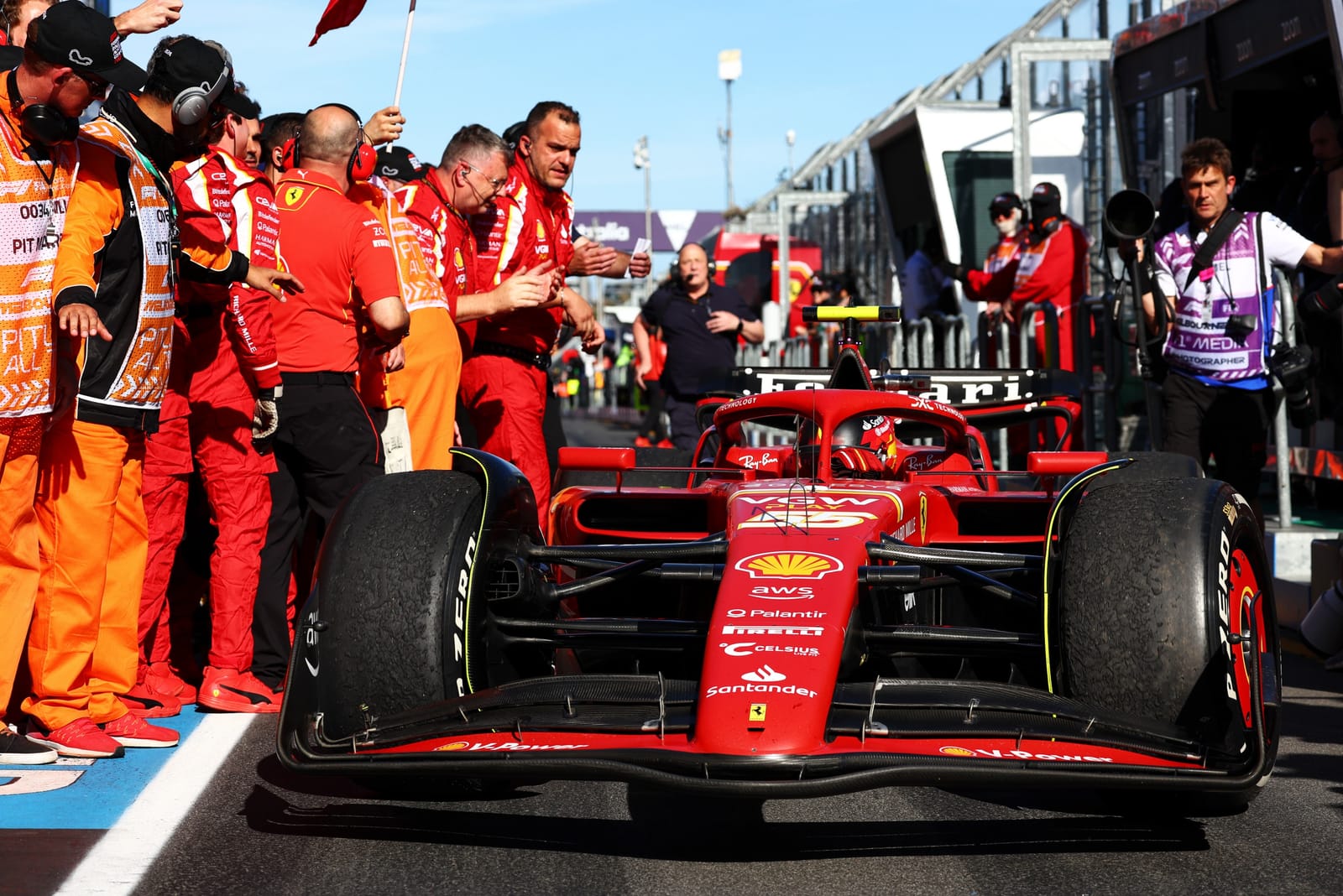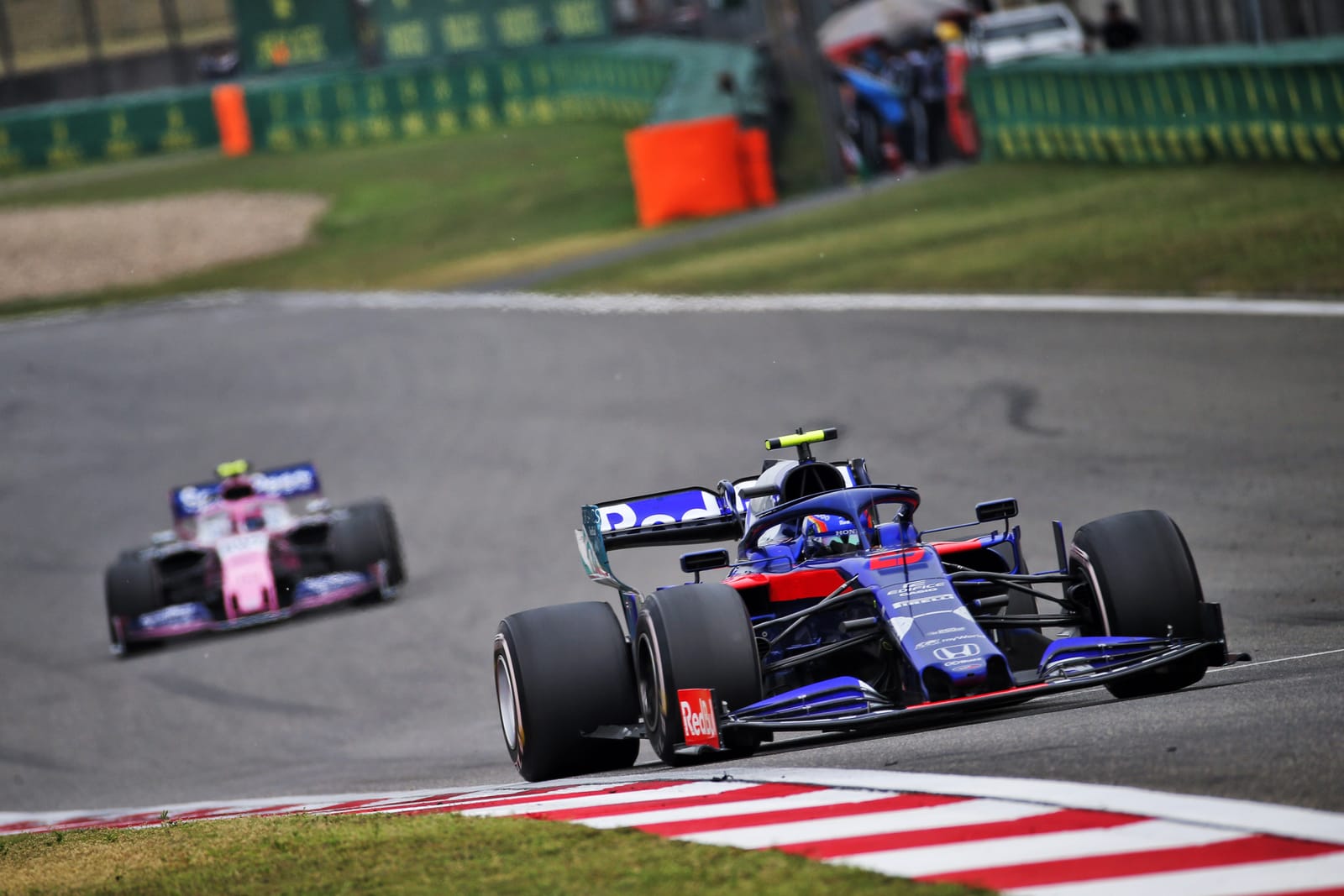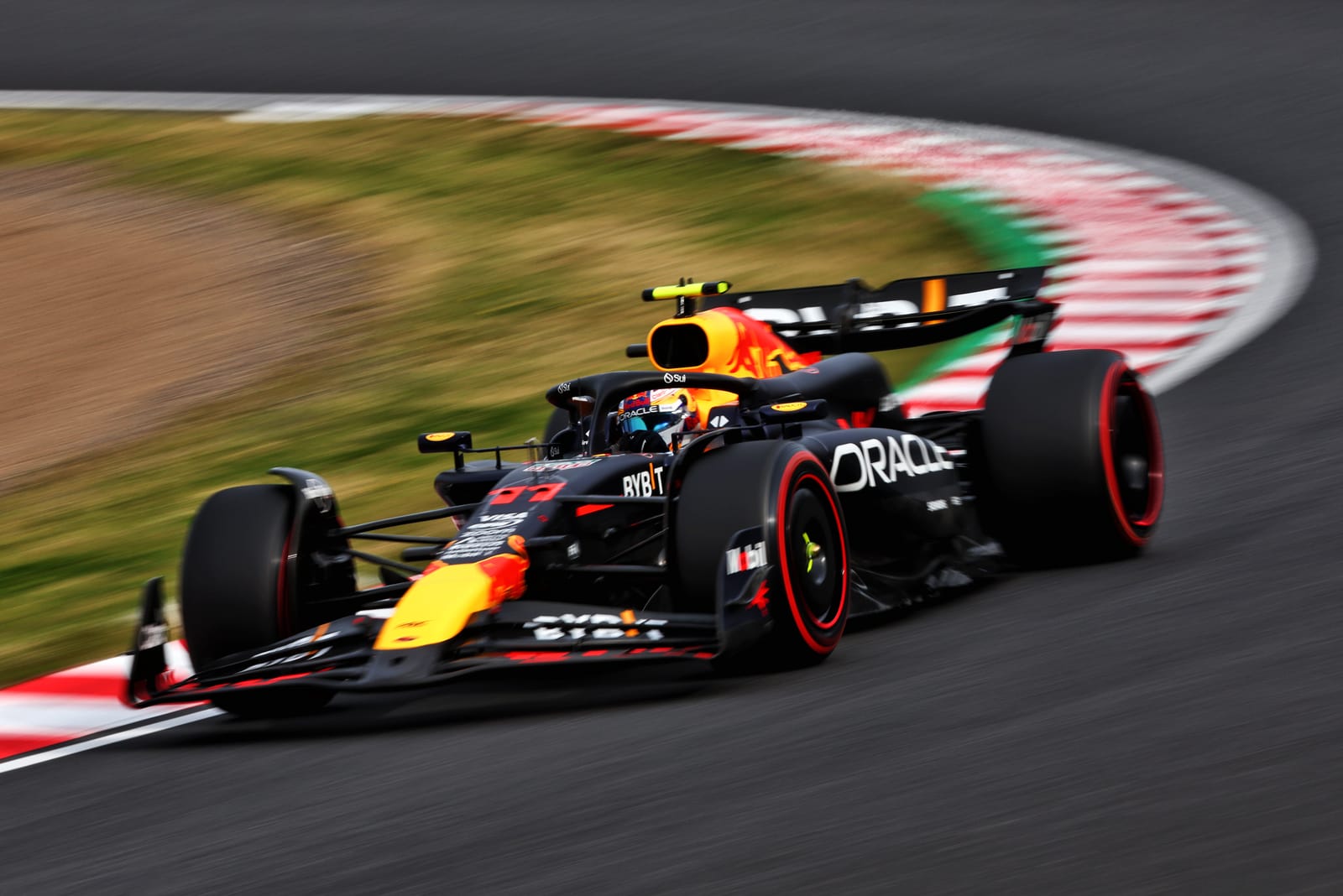Formula 1’s drivers and teams are braced for the unknowns a five-year absence from a now resurfaced Chinese Grand Prix circuit will bring, with Red Bull no exception to the looming challenge.
Thursday's F1 media day at Shanghai was dominated by discussion about the question marks facing the drivers and just how different the track is from when 14 of the current 20 grid raced here last time in 2019.
Should Red Bull fear a Melbourne repeat?
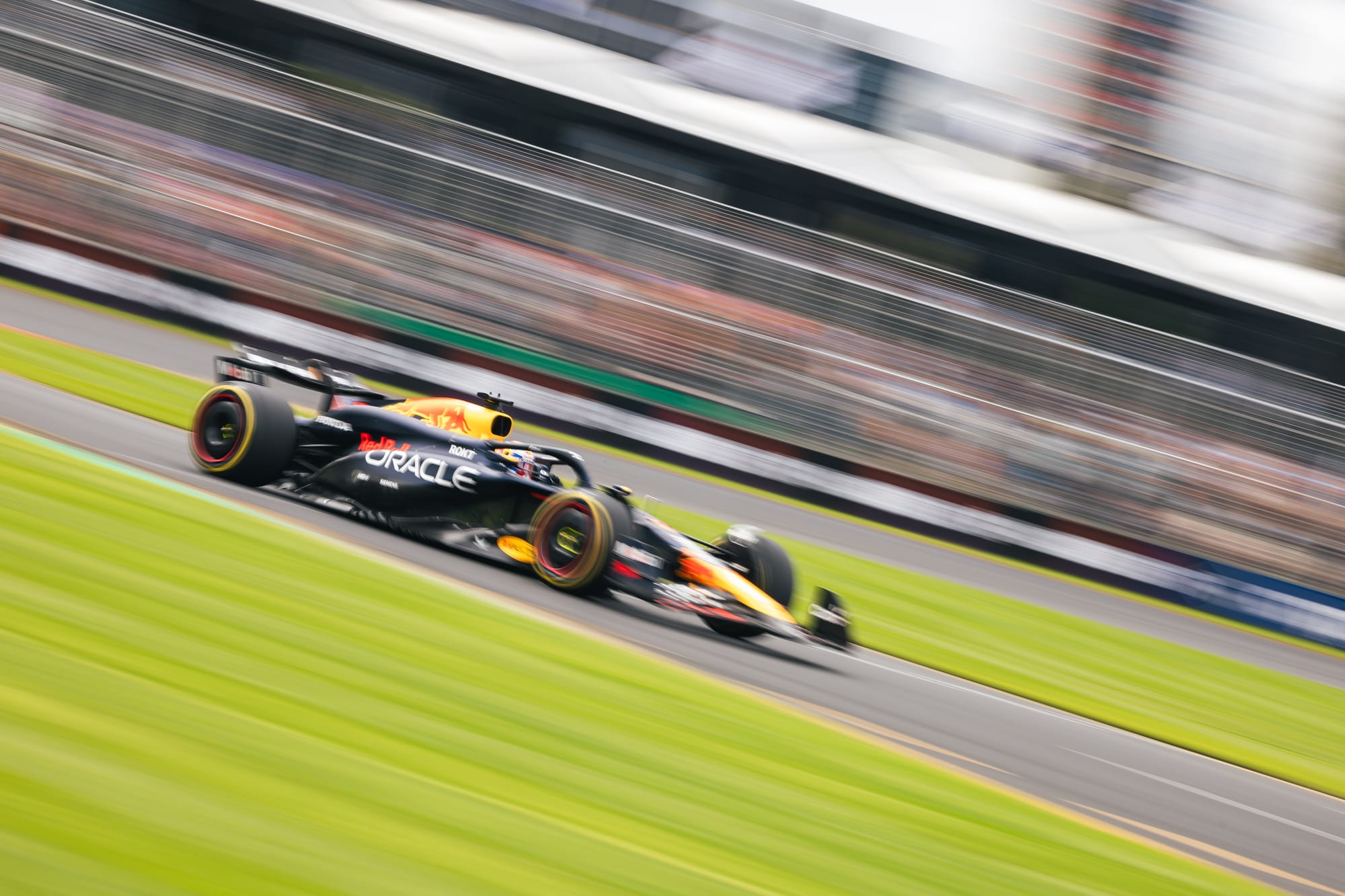
While a brake failure ultimately hobbled Max Verstappen in Melbourne, Red Bull looked genuinely vulnerable to Ferrari on race day and could have been threatened, even in a straight fight.
We’ll never know for sure how fast Ferrari really was that day relative to Red Bull - with Verstappen’s team-mate Sergio Perez impacted by front wing damage - but we may get something of an answer this weekend.
Suzuka brought an expected return to form for the RB20 but the front-limited nature of Shanghai (at least previously) teases a potential Ferrari threat.
Red Bull’s aware of this too, with Perez saying his team has “no expectations for it, from the past it looks like a front limited circuit where we’ll struggle a little bit more”.
“We’ve learned a lot from Melbourne, we have some understanding of things we did over there," he continued. "We just have to remain optimistic about what we’ve learned.
“We’re in the same boat, hopefully with things we’ve learned we can have a much better resilience to the graining.”
Verstappen believes he found something in Melbourne that he wasn’t able to show there on race day and doesn’t see a huge parallel between the two tracks.
“In Australia, the Friday wasn't ideal, maybe Saturday morning wasn't but I think we made some changes to my car that I felt better with,” he explained.
“But unfortunately I couldn't show that. I don't think Australia is the same as here, it had a lot more faster corners, here it's a little more low speed, a little bit different [but] we’ll have to wait and see.”
The Race’s Mark Hughes feels the nature of the track might open a window of opportunity for Ferrari.
“It’s usually a front limited track because those long corners, Turns 1-3, which is really one long corner that comes back on itself, and that long sweeping Turn 12/13 [before the back straight] really stresses the left-front and promotes graining of the left-front,” Hughes explained on The Race F1 Podcast.
“The rears aren’t usually the problem here. At most tracks they're struggling to manage the rears but here that’s not the issue.
“That’s something that might pique Ferrari’s interest given how good it was in Melbourne where front graining was the main limitation.”
Carlos Sainz feels Ferrari can challenge Red Bull again this year on particular tracks. But Shanghai might not be one of them.
“When I look at the track I see more Suzuka than Australia which makes me think performance-wise we should be closer to where we were in Suzuka unfortunately, compared to Australia," he said.
“I hope I’m wrong and we can mount a stronger challenge to Red Bull than we did in Suzuka.”
Sainz believes success may depend on the track surface, one of the most unpredictable elements of the weekend…
Confusion over track surface
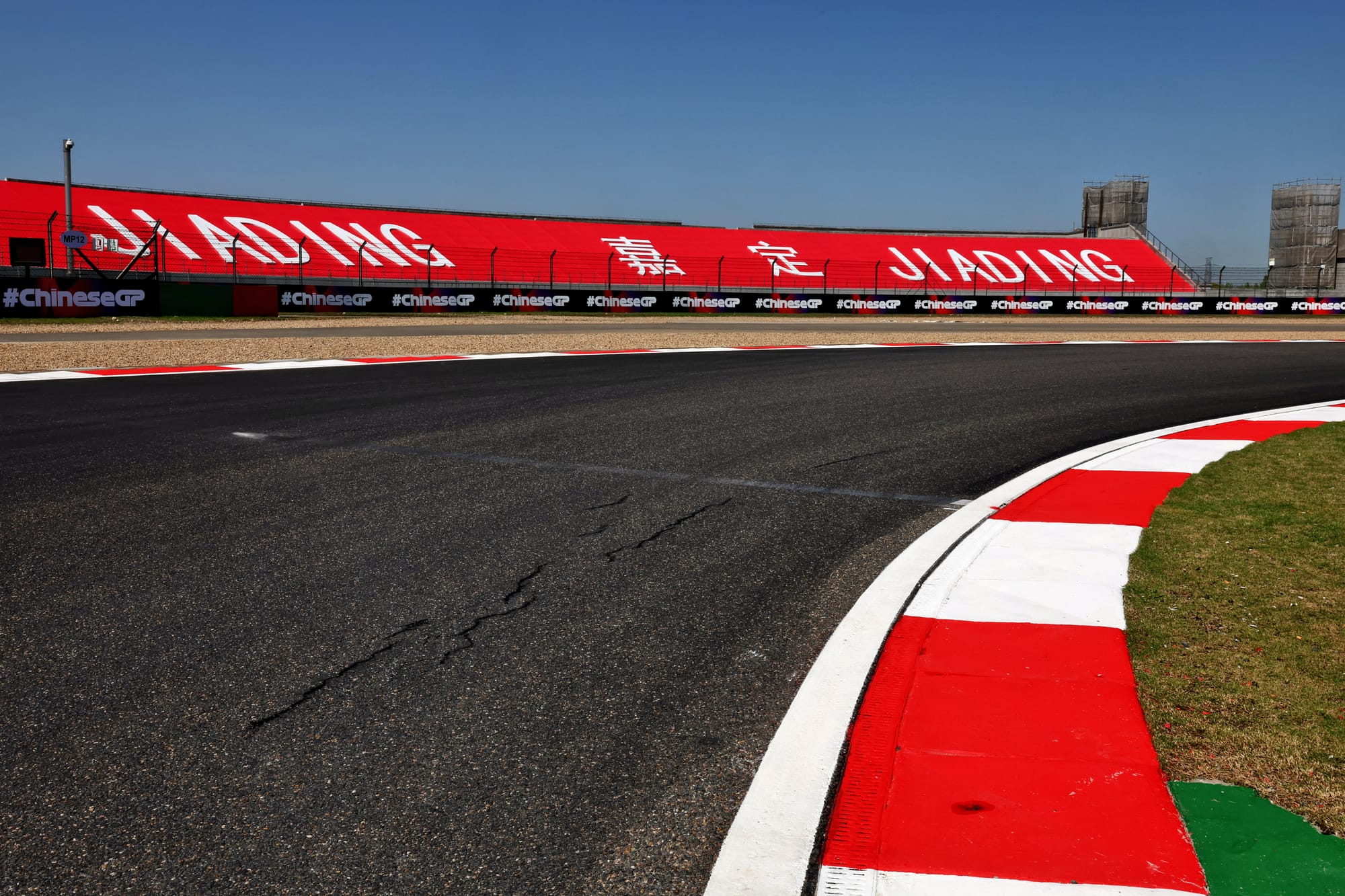
The circuit may be very familiar to teams and most of the drivers, but the track surface itself is the subject of much discussion, and puzzlement. As Sainz put it: “I don’t think the FIA or teams can quite understand what’s been done here”.
The track hasn’t been resurfaced as such, but the surface has at some point been treated in a way that led to many drivers describing it as “painted”. This refers to a form of bitumen paint that has been applied unfamiliar in F1 circles, although several drivers recognised it from other forms of racing.
“I’ve seen it in go-karting, where they painted the track,” said Verstappen. “Normally, it gives you more grip, but I don’t know what it does here.”
So too Esteban Ocon, who suggested “it could be slippery in the wet, it could be very high-grip” – but also adding that “it could do a lot of different things”.
McLaren driver Oscar Piastri even recognised it from a very different type of competition: “This is really throwing it back, but when I raced remote-control cars, often the tracks were painted in a sort of black paint and it actually looks quite similar to that. I don’t know if it will be grippy or not. If it’s wet, it’ll be a bit unknown.
“But you can see where the cars have driven on track days or whatever, it’s kind of worn away – the blackness – and it looks like an older track. It doesn’t look resurfaced, it just looks like it’s had some bits ground away and then paint over the top.
“I’m sure it’s not going to be super slippery, but it might just behave a bit differently to how we’re used to.”
The point is that nobody is entirely sure how the track surface will behave, with Ferrari driver Charles Leclerc describing it as “difficult to predict” and that “it depends a lot on the type of paint they used, and that could cause different issues or no issues at all”.
There are some suggestions that this painted surface will clean up very rapidly, while others expect it to be more persistent. This will make it difficult to judge the track evolution.
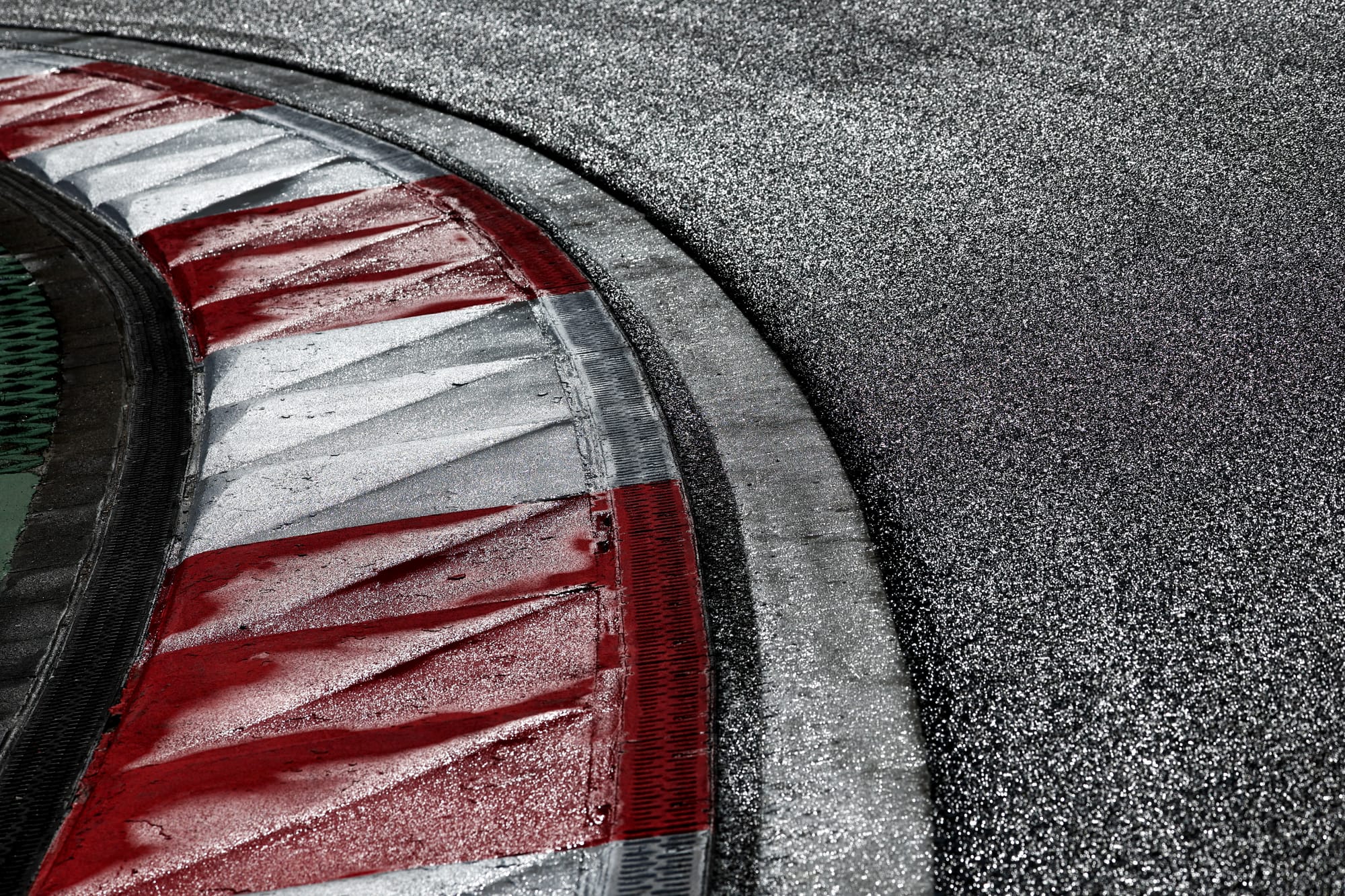
On top of that, the track surface is around 15% less rough than it was back in 2019. That’s enough to make a difference to the graining potential, although that figure only represents an average for the track.
Haas team principal Ayao Komatsu, who has vast experience in engineering roles in F1, is uncertain how the track surface will behave given what appears to be inconsistency in grip levels event through individual corners.
“It looks a bit inconsistent and that the inconsistency is what I worry about the most,” said Komatsu. “So it's not just the overall grip level, but more about inconsistency from entry to mid-corner to exit in each corner. If it's variable that's going to be pretty tricky.”
There had even been mutterings that the track could react like the surface at Turkish Grand Prix venue Istanbul Park did when F1 returned there in 2020 and it proved difficult to build tyre temperature. However, as Sainz explained it’s not expected to be that problematic.
“I don’t expect any dramatic set-up changes,” said Sainz when asked about the influence the track surface could have. “Unless the conditions are like in Turkey. But I have the feeling it’s not going to be like Turkey as it was a very particular case.
“But especially with tyres, graining, that could throw some question marks on your tyre choices for the rest of the weekend.”
Everyone has different expectations, meaning that realistically nobody can be sure how the track surface will behave. And with just 60 minutes of free practice before sprint qualifying, FP1 will be critical in trying to understand not only how the tyre behaves at that moment, but also how it might evolve.
Williams driver Alex Albon suggested there will be changes as the weekend progresses, raising the possibility of graining being a bigger problem earlier in the weekend. He also suggested the high tyre pressures, with the minimum starting pressure for slicks at the front set at 26.0psi and at the rear 22.0psi, will lead to plenty of management in the races.
“I can imagine the sprint race having quite a lot of graining and the main race having much less,” said Albon. “This surface is quite rough, so it tends to help the graining rather than make it worse. So let’s see.
“Pirelli have been very conservative with the tyre pressures, which for them is very very high, and when you have tyre pressures that high, there’s going to have to be a lot of management.
“Then, it’s a sprint weekend and we have only got one hour [of practice]…”
A brand-new sprint format
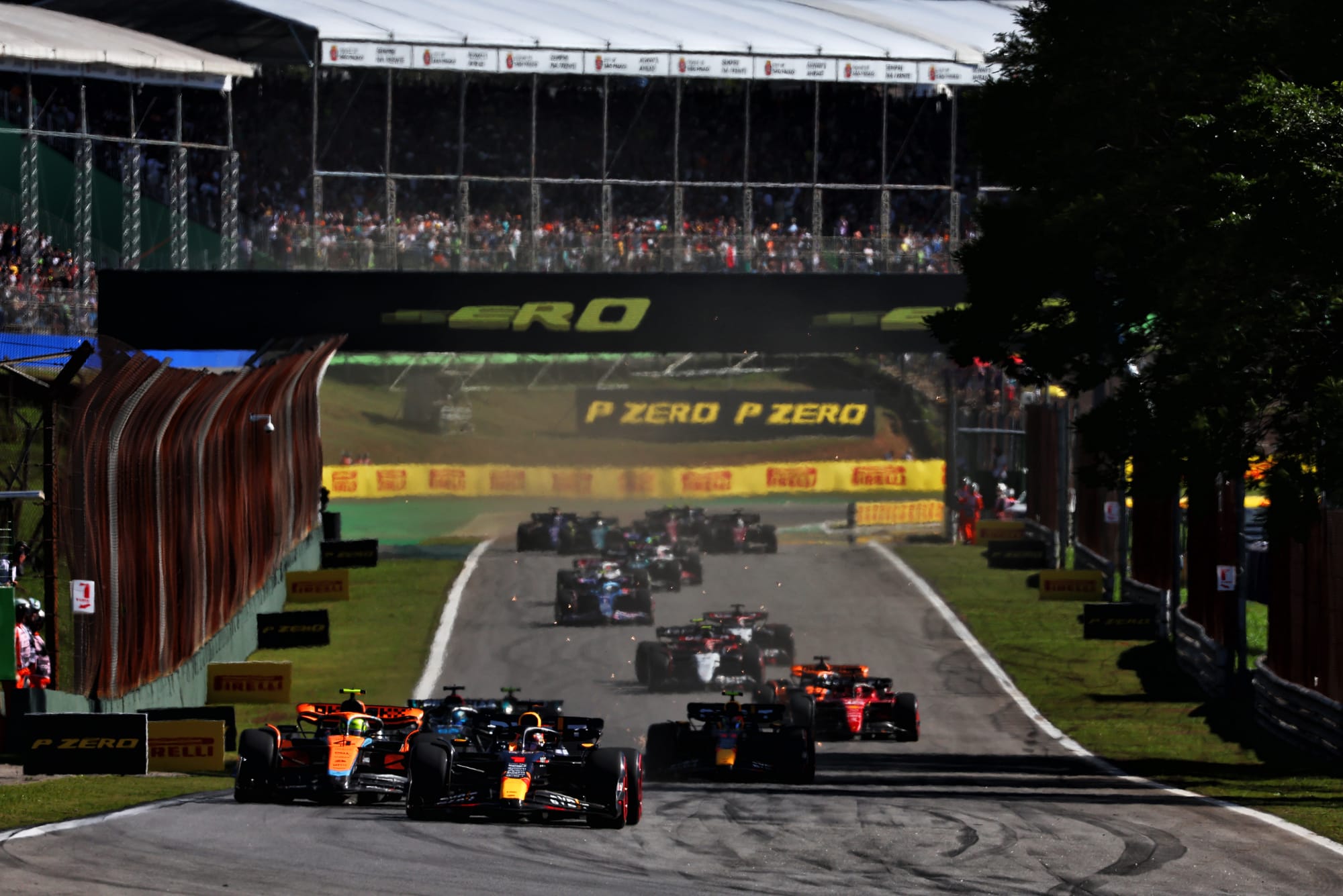
The uncertainty over the track surface, combined with the fact F1 hasn’t raced here since 2019 and therefore never with the current generation ground-effect cars, is compounded by this being a sprint weekend.
The sprint format has been rejigged this year, with sprint qualifying on Friday, then the sprint race on Saturday ahead of qualifying for the grand prix itself. Parc ferme is imposed at the start of sprint qualifying to cover the sprint race, then lifted before the cars go into a second parc ferme at the start of qualifying proper.
That capacity to modify the set-up could be vital given what is learned across the sprint on-track activities. For example, it will allow teams to avoid a repeat of what befell Ferrari and Mercedes at Austin last year where both Lewis Hamilton and Leclerc were excluded for excessive plank wear having been locked into too low a ride height when parc ferme kicked in for good after FP1.
There is still the possibility of teams getting this wrong and exceeding the plank wear in the sprint, leading to exclusions. However they would have to get it badly wrong given the reduced duration of the sprint means that there are fewer laps in which to do so.
Teams will also have the chance to change their set-ups based on what they learn in the sprint activities, although time is short. The sprint race starts at 11am local time on Saturday with GP qualifying beginning at 3pm.
“What’s interesting to me is the speed at which you can change things on your car, the ergonomics of a racing car,” said Albon on the potential for changes between the sprint and qualifying for the grand prix.
“We have a bit of a game plan around we've got a set-up in the car that is obviously a little bit conservative, coming into the FP1 with so many unknowns about track layout, and bumpiness, and all that kind of stuff. But realistically, what can you actually change? A lot of parts in a Formula 1 car [take] more than three hours."
A final corner menace strengthened
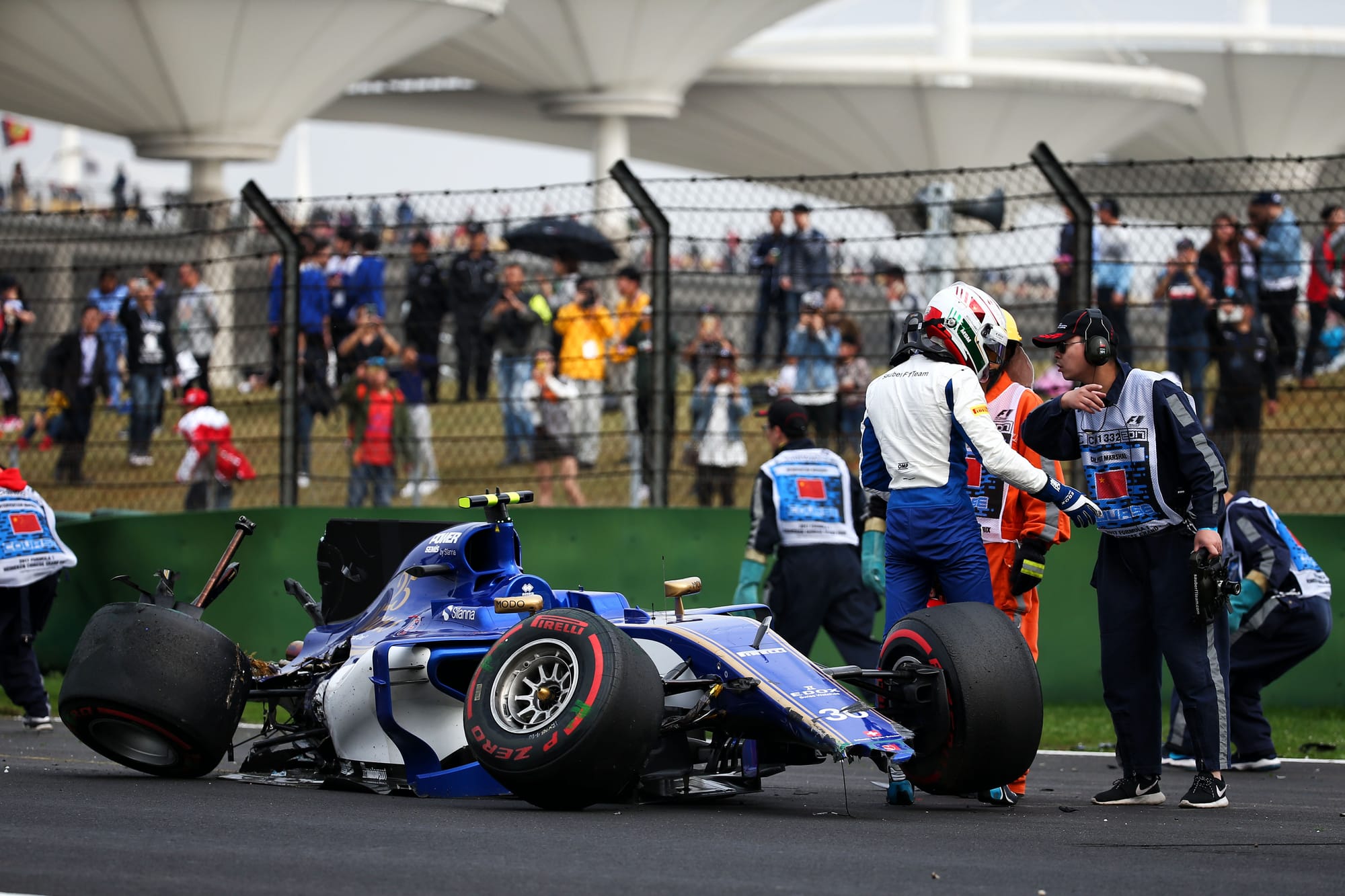
Shanghai’s final corner has often caught drivers out over the years. Some even find the wall, think of stand-in Antonio Giovinazzi shunting his Sauber twice in 2017. But many are able to skip over the asphalt run-off there and emerge relatively time-loss-free.
That won’t happen in 2024 as the circuit has laid a gravel trap at the exit of the final corner.
The asphalt run-off at Turn 12 has been shortened and several bumps at Turn 1, Turn 3 and Turn 8 have been removed. All of the artificial grass and sausage kerbs around the circuit have also been removed.

